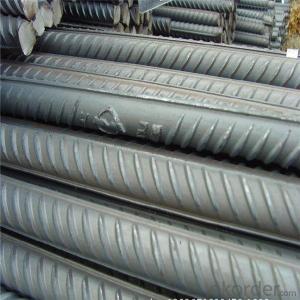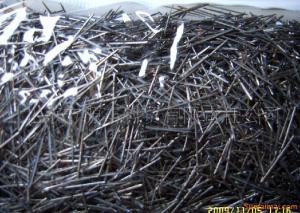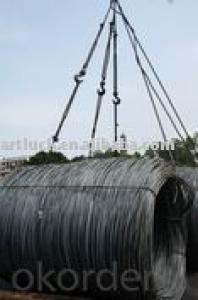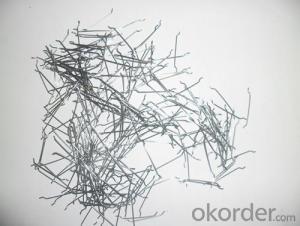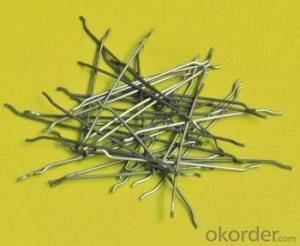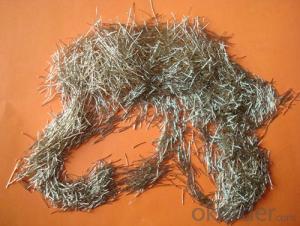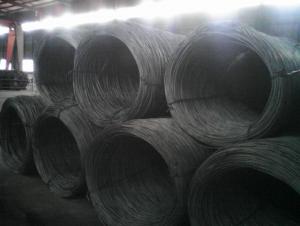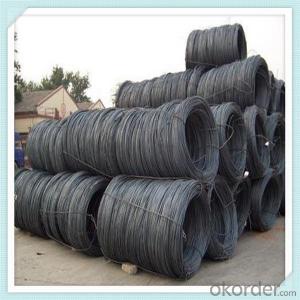Steel Rods In Concrete
Steel Rods In Concrete Related Searches
Concrete Iron Rods Steel Concrete Molds Stainless Steel Rods Stainless Steel Curtain Rods Forming Concrete Wire Rod Steel Stainless Steel Brazing Rods Spray On Concrete Sealing Concrete Driveway Spray Concrete Radius Concrete Forms 1 4 Stainless Steel Rod Concrete Machine Tools 1 2 Stainless Steel Rod Circle Concrete Forms Off Form Concrete Reinforced Concrete With Frp Bars Stainless Steel Closet Rod Concrete Shotcrete Stainless Steel Rod 1 4 Concrete Siding Installation Form Work Concrete Concrete Lifting Eyes Concrete Cap Blocks Steel Screws Hrwr Concrete Stainless Steel Brazing Rod Concrete Resurfacing Concrete Driveway Tata Steel Wire RodSteel Rods In Concrete Supplier & Manufacturer from China
Steel rods in concrete are essential construction materials that provide reinforcement and structural integrity to concrete structures. These rods, made from high-quality steel, are designed to withstand the immense pressure and stress that concrete structures may experience over time. They are crucial in various construction projects, including buildings, bridges, and other infrastructure, as they help to distribute loads evenly and prevent cracking or collapse.The application and usage scenarios of steel rods in concrete are vast, making them indispensable in the construction industry. They are commonly used in reinforced concrete structures to enhance strength and durability, ensuring that the structure can withstand various environmental factors such as earthquakes, heavy winds, and other natural disasters. Additionally, steel rods in concrete are utilized in the construction of foundations, columns, beams, and slabs, providing the necessary support and stability that these elements require.
Okorder.com is a leading wholesale supplier of steel rods in concrete, boasting a large inventory that caters to the diverse needs of the construction industry. With a commitment to quality and customer satisfaction, Okorder.com ensures that the steel rods in concrete they provide meet the highest industry standards. Their extensive inventory allows them to cater to both large-scale projects and smaller construction needs, making them a reliable partner for contractors, engineers, and architects alike.
Hot Products








